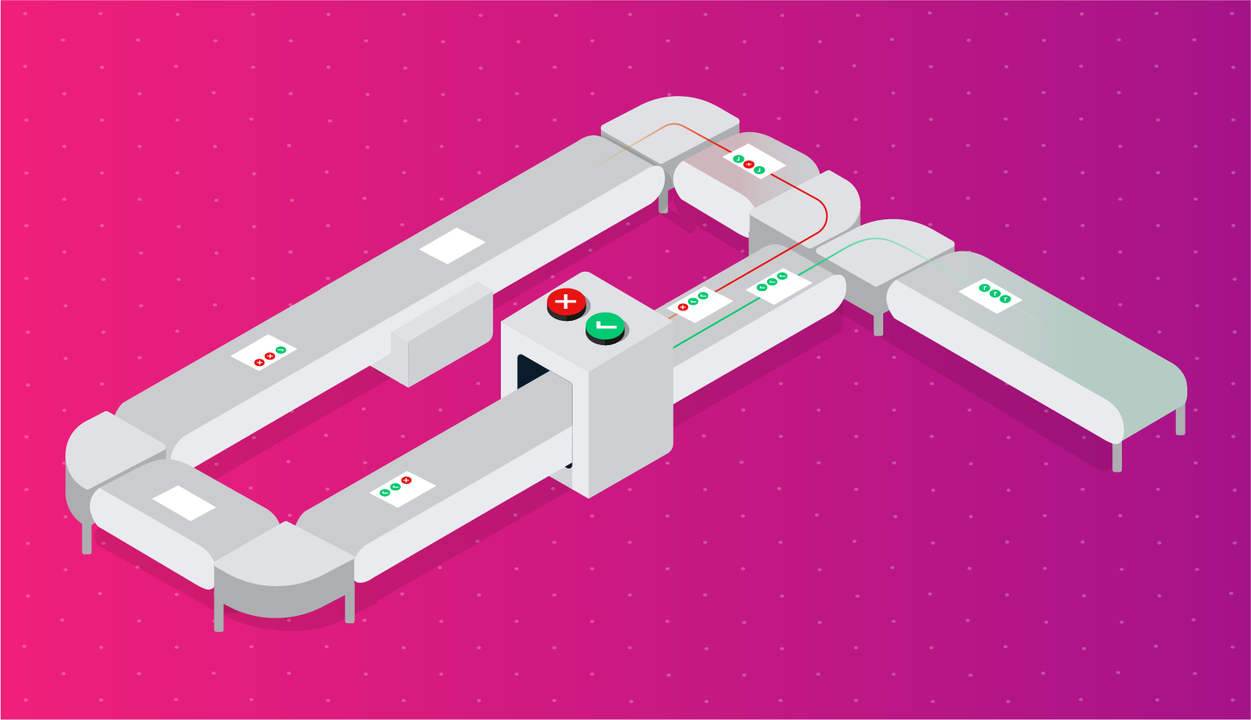The Foundation of Spagic Architecture In today’s complex digital landscape, businesses need middleware solutions that efficiently connect applications, services, and data sources. Spagic meets this need with a modular architecture that promotes scalability, flexibility, and interoperability. Moreover, it serves as an integration framework that streamlines workflows, automates processes, and improves overall system efficiency. Developers, IT […]
Continue ReadingOptimizing Spagic Performance: Advanced Configuration
Maximizing Spagic Efficiency in High-Demand Environments As organizations increasingly rely on middleware solutions for seamless system integration, optimizing Spagic for high performance becomes essential. A well-configured Spagic environment ensures efficient resource utilization, reduces workflow execution time, and prevents system bottlenecks that can degrade performance in high-traffic deployments. Whether Spagic is being used for enterprise integrations, […]
Continue ReadingBuilding Your First Spagic Integration Workflow
Unlocking Seamless Integration with Spagic In today’s interconnected digital landscape, businesses and enterprises rely on seamless system integration to manage data, automate workflows, and enhance productivity. Middleware solutions like Spagic provide a flexible and efficient way to integrate different applications, data sources, and services into a unified system. An integration workflow is the backbone of […]
Continue ReadingSpagic Installation Guide
Understanding Spagic and the Importance of Proper Installation Middleware plays a crucial role in modern enterprise IT infrastructure, enabling seamless communication between applications, services, and databases. One of the most versatile open-source middleware platforms available today is Spagic, designed to simplify enterprise application integration, workflow automation, and service orchestration. For businesses and developers, setting up […]
Continue Reading


